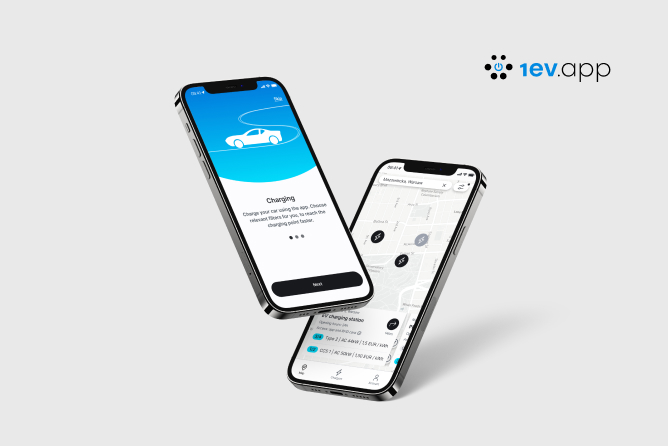Choosing the right application architecture is a decision that affects the development, scalability, and maintenance of a system. The two most popular approaches are monolithic and microservices architectures. Each has its advantages and disadvantages, and the choice depends on the project's specifics and future needs. In this article, we compare monolith vs. microservices, analyzing their key differences, benefits, and potential challenges.
Monolith vs. Microservices – Key differences
Monolith and microservices are two distinct approaches to software development. A monolith is a unified application where all components are tightly integrated into a single codebase and database. In this model, the backend, frontend, and business logic form a single entity, which simplifies deployment but makes scaling and modernization more difficult.
On the other hand, microservices consist of a collection of independent services that communicate via APIs. Each microservice operates autonomously, has its own database, and can be deployed separately from the rest of the system. This enables easier scalability and the introduction of new features without affecting the entire system.
The main differences between these approaches include:
- Complexity – A monolith is simpler to implement and manage, whereas microservices require more effort.
- Scalability – Microservices allow flexible scaling, while a monolith requires scaling the entire application.
- Deployment – Changes in a monolith require redeploying the whole application, while microservices can be updated independently.
- Data Management – A monolith operates on a single database, while microservices can have separate databases for different modules.
Advantages and disadvantages of monolithic architecture
Key advantages of a monolith:
- Simpler development and deployment – The entire application works as a single unit, making code and infrastructure management easier.
- Easier testing – Testing in a single environment is less complex than in a microservices system.
- Lower latency – No need for inter-service API communication speeds up system performance.
- Lower infrastructure costs – A monolith does not require extensive orchestration, reducing maintenance costs.
Main disadvantages of a monolith:
- Scalability challenges – The entire application must be scaled, even if only one function needs improvement.
- Longer deployment times – Every update requires redeploying the entire system.
- Limited technological flexibility – Changing technologies or frameworks is complex because it affects the entire system.
- Risk of system-wide failure – An error in one part of the code can bring down the entire application.
Advantages and disadvantages of Microservices Architecture
Key benefits of microservices:
- Easier scalability – Resources can be increased for selected services instead of expanding the entire system.
- Technological flexibility – Different microservices can be developed using different technologies, optimizing performance.
- Faster deployment of changes – Each service can be updated independently, allowing for frequent releases.
- Greater fault tolerance – A failure in one service does not bring down the entire system.
Main disadvantages of microservices:
- Increased complexity – Managing multiple services, their communication, and infrastructure requires more effort.
- Higher maintenance costs – Advanced tools for monitoring, orchestration, and service management are necessary.
- Higher latency – API communication between services can introduce delays.
- Data management challenges – Synchronizing data across different microservices can be difficult.
When to choose a Monolith and when to choose Microservices?
The choice between a monolith and microservices depends on several factors. A monolith is suitable for small and medium-sized projects where fast deployment and easy management are priorities. It is also a good option for startups looking to quickly launch an MVP and test the market.
Microservices are a better choice for large systems that need to be scalable and flexible. They work well for companies with dynamically growing needs, where independent development of various functionalities is required.
Examples of applications for both architectures
- Monolith: CMS systems, internal business applications, simple e-commerce applications.
- Microservices: Streaming platforms (Netflix, Spotify), large online stores (Amazon), financial systems serving millions of users.
Some companies started as monoliths but later transitioned to microservices, such as eBay and Uber. This shows that adopting microservices does not have to happen from the start – businesses can evolve as they grow.
Conclusion – Which architecture is better?
There is no universal answer. A monolith is better for small projects and companies that want to deploy an application quickly while avoiding the complexity of microservices. Microservices are ideal for businesses requiring flexibility, scalability, and independent development of different features.





.jpg)

.jpg)


.jpg)

.jpg)


.jpg)
.jpg)

.jpg)
.jpg)

.jpg)

.jpg)
.jpg)

.jpg)
.webp)

.webp)


.jpg)









.webp)


.webp)






























.webp)





.webp)



.webp)


.webp)



.webp)













